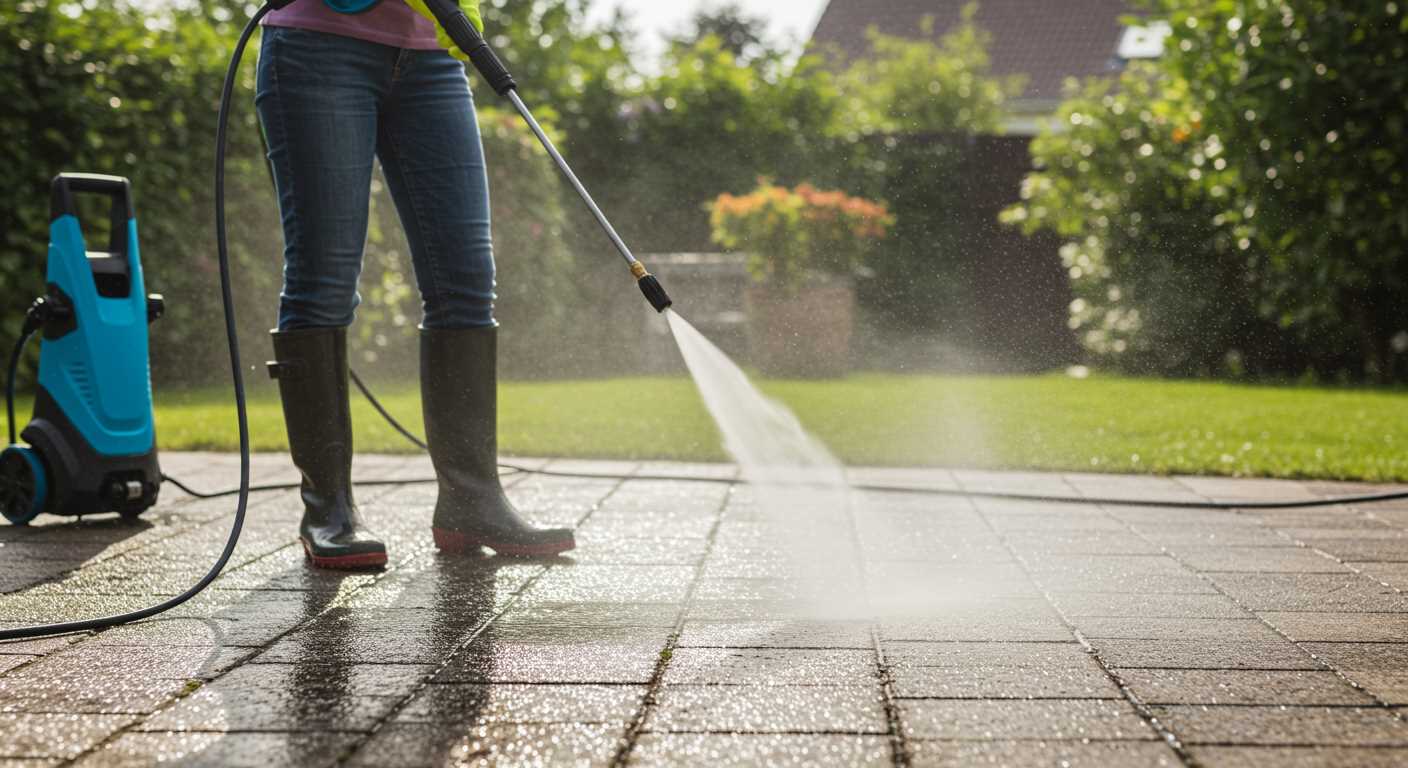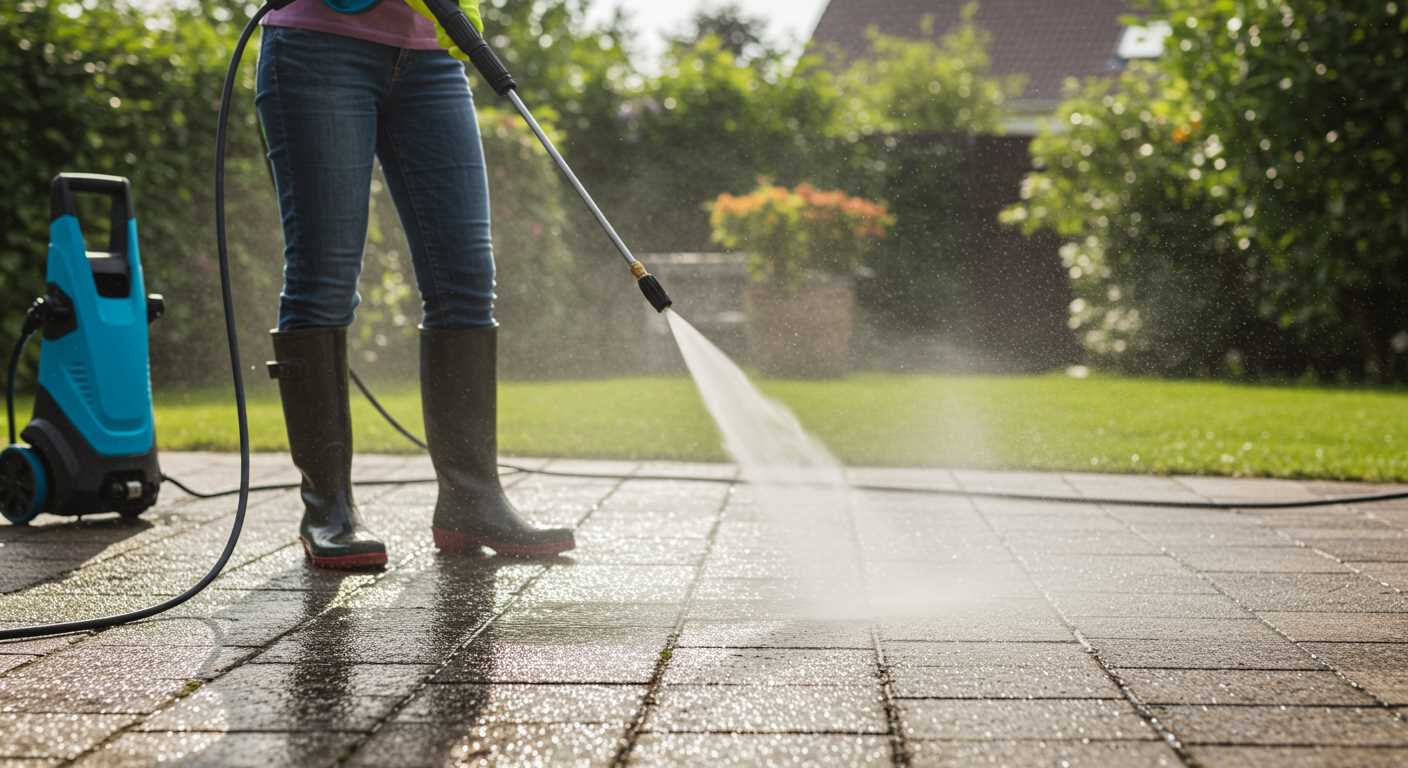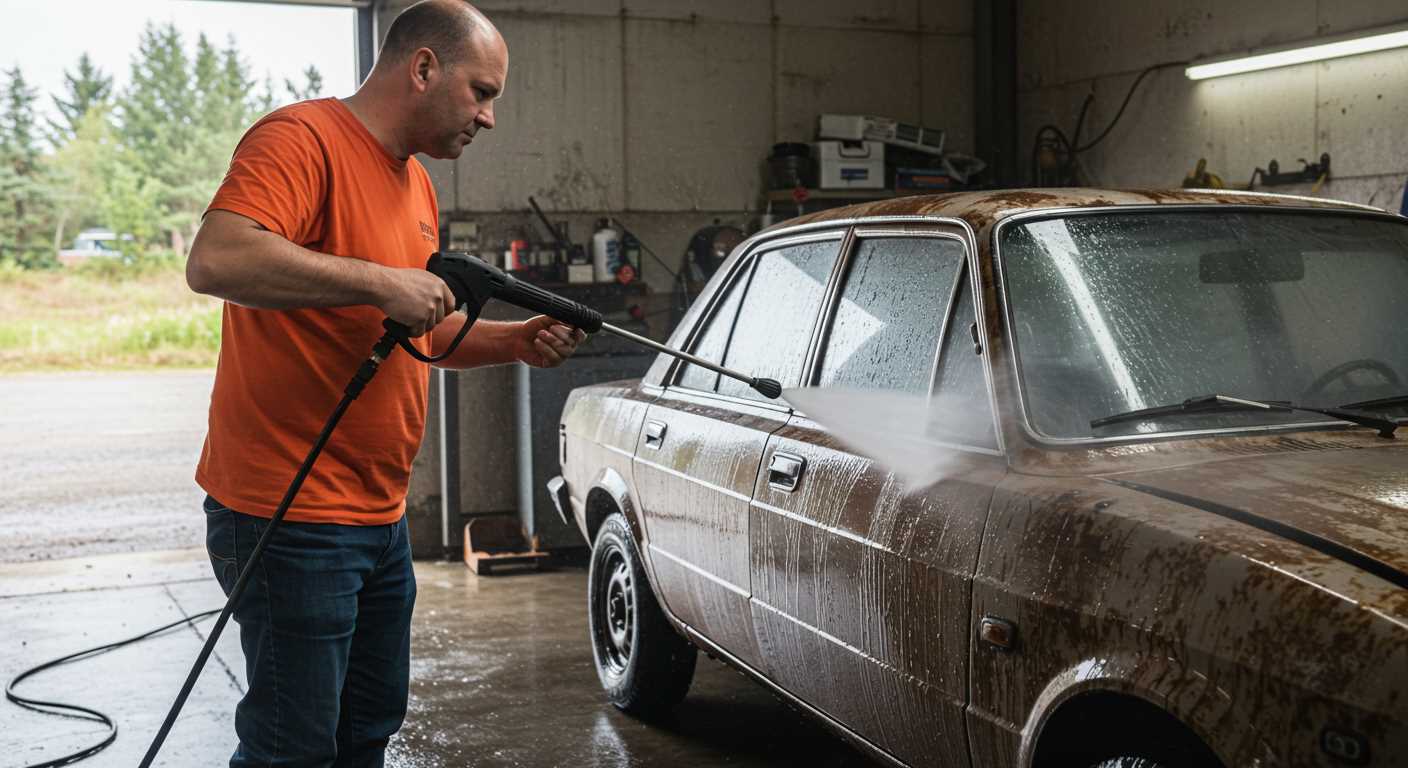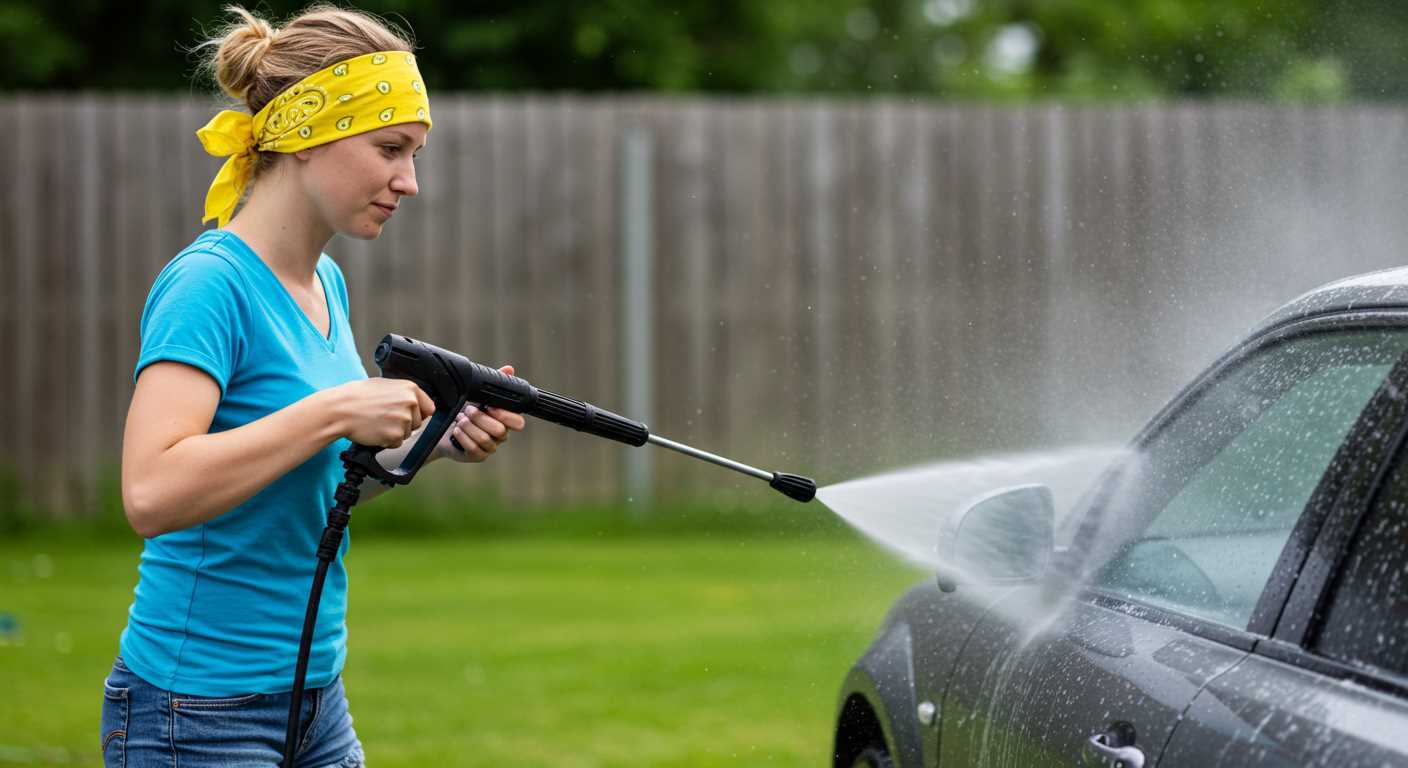




White vinegar is a potent ally in the battle against unwanted aerosol coatings. Pour it directly onto the stained area and allow it to soak for around 30 minutes. The acetic acid in the vinegar breaks down the residue, making it easier to scrub away. Use a stiff-bristled brush for best results, applying firm pressure as you work.
If the vinegar treatment doesn’t yield the desired results, consider using a mixture of baking soda and water. Create a paste by combining these two ingredients, then spread it over the affected area. Let it sit for about an hour before scrubbing. The alkaline nature of baking soda helps lift the stubborn residue from the surface.
For more persistent marks, a commercial graffiti remover can be effective. Look for products specifically designed for porous surfaces. Apply according to the manufacturer’s instructions, ensuring you wear gloves and work in a well-ventilated space. After application, rinse thoroughly with water to remove any chemical residue.
Sometimes, a simple solution like rubbing alcohol can be surprisingly effective. Dampen a cloth with the alcohol and rub it on the stained area. This method works well on smaller spots and is easy to execute without requiring extensive equipment.
Lastly, always test any method on a small, inconspicuous area first to ensure it won’t damage the surface beneath. Each approach has its nuances, so patience and careful observation will guide you to the best outcome for your paving stones.
Understanding the Types of Coatings on Hard Surfaces
Identifying the type of coating on your hard surface is crucial for choosing the right removal method. Different formulations react differently to solvents and abrasives.
| Type | Description | Removal Method |
|---|---|---|
| Acrylic | Water-based, quick-drying, often used for outdoor projects. | Solvent-based removers or scrubbing with a stiff brush. |
| Enamel | Oil-based, durable finish, commonly found in industrial applications. | Use a strong solvent such as mineral spirits; may require scraping. |
| Latex | Water-based, flexible, often used for indoor applications. | Hot water and soap solution or a commercial latex remover. |
| Epoxy | Very durable, used in garages and workshops. | Requires a chemical stripper specifically designed for epoxy. |
| Chalkboard | Specialty paint, often used for creating writable surfaces. | Vinegar solution or rubbing alcohol can work effectively. |
Choosing the right removal approach depends on the type of coating. For instance, acrylic and latex formulations respond well to water-based solutions, while enamel and epoxy need stronger chemicals. Always test a small area before full application. If you ever need accessories for pressure cleaning tasks, consider checking this gutter cleaning attachment for pressure washer. It’s handy for various applications.
Preparing the Area Before Cleaning
Clear the space of any furniture, potted plants, or items that could obstruct the cleaning process. This ensures a safe and efficient work environment.
- Cover nearby surfaces with drop cloths or plastic sheeting to protect them from any potential drips or splatter.
- Ensure adequate ventilation if you’re using solvents or chemicals, especially in enclosed areas.
- Check the weather forecast if working outdoors; avoid cleaning on windy or rainy days.
- Wear appropriate protective gear, such as gloves and goggles, to safeguard your skin and eyes from chemicals.
Inspect the stained area carefully. Identify the type of surface and the condition of the material to tailor your approach effectively.
- Assess the severity of the marks. If they are fresh, act quickly for the best results.
- Test any cleaning solution on a small, inconspicuous section to ensure it won’t damage the surface.
- Gather all necessary supplies such as brushes, rags, and chosen cleaning agents before you start.
Organising these elements will streamline the process and enhance your chances of success. A little preparation goes a long way in achieving a clean finish.
Choosing the Right Solvent for Paint Removal
For effective removal, select a solvent that matches the type of coating you’re tackling. Acetone is a strong choice for many oil-based finishes, while denatured alcohol works well against latex. Test a small area first to check compatibility with your surface.
Mineral spirits offer a more controlled approach, particularly with stubborn layers. Apply it generously to a cloth, then dab rather than scrub, allowing time for penetration. This method reduces damage to the underlying substrate.
Commercial paint strippers can also be beneficial. Look for those labelled as safe for concrete. These formulations are usually gel-based, providing adherence to vertical surfaces and prolonged contact time, enhancing their effectiveness.
Always ensure proper ventilation when handling solvents. Chemical fumes can be hazardous, so consider wearing a mask and gloves. A well-ventilated workspace not only protects your health but also aids the evaporation process, which can speed up removal.
For eco-friendly options, try citrus-based solvents. They are less harsh and can be surprisingly effective on lighter coatings. However, they may require more time and effort compared to traditional solvents.
In my experience, patience is key. Allowing the solvent to sit for a while before scrubbing can make a significant difference. It’s about finding the right balance between the product and the method of application to achieve the best results.
Applying the Solvent Correctly on Concrete
Begin by selecting a well-ventilated area to work in, ensuring you have enough space to apply the solvent effectively. Use a brush or roller to evenly distribute the chosen liquid across the stained surface. Avoid pouring directly from the container, as this may lead to uneven application and waste.
For larger areas, a paint sprayer can be beneficial; however, control is key. Hold the sprayer at a consistent distance from the surface, typically around 12-18 inches, to maintain an even coat. Move in smooth, overlapping strokes to prevent drips and puddles.
Allow the solvent to sit on the surface for the recommended time according to the product instructions. During this period, monitor the area closely. In cases where heavy staining persists, consider reapplying the solvent to those specific spots.
After the dwell time, use a stiff-bristled brush or scrubbing pad to agitate the area. This action helps break down the residue more effectively. Work in sections, applying additional solvent as needed, and ensure thorough coverage to maximise results.
Once the scrubbing is complete, rinse the surface with clean water to remove any residue from the solvent and loosened material. A bucket and sponge can be effective for this step, particularly for smaller sections. For larger areas, a hose may be more efficient, but avoid using high pressure to prevent damage to the surface.
Finally, inspect the area for any remaining stains. If necessary, repeat the process on stubborn spots until achieving the desired outcome. Each application can yield different results, so patience is key during this methodical approach.
Using Scrapers and Brushes for Paint Lifting
To effectively remove unwanted coatings from surfaces, employ scrapers and brushes tailored for tough tasks. Selecting the right tools is crucial for achieving results while minimising damage to the substrate.
Choosing the Right Tools
- Scraper Types: Opt for a flat-blade metal scraper for larger areas. For intricate spots, consider a putty knife or a handheld razor scraper.
- Brush Selection: Use a stiff-bristled wire brush. It can dislodge stubborn residues while being less abrasive than metal scrapers.
- Protective Gear: Always wear gloves, goggles, and a mask to shield against debris and chemicals during this process.
Technique for Effective Removal
- Begin by applying the chosen solvent as per the manufacturer’s instructions to soften the coating.
- After allowing time for penetration, use the scraper at a low angle. Apply steady pressure to lift the layer without gouging the surface.
- For areas that are resistant, employ the wire brush in a circular motion, which helps in breaking up the remaining residue.
- Follow up with a thorough rinse of the area, ensuring no remnants of chemicals linger.
In my experience, patience is key. Take your time with each step, and don’t rush the process. It can be rewarding to see a clean surface emerge from beneath the layers of unwanted material.
Utilising Heat to Remove Stubborn Spray Paint
One effective method involves applying heat to the surface. A heat gun can soften the coating, making it easier to scrape away. Set the heat gun to a low setting and keep it at a safe distance (around 6 inches) from the surface to avoid damage. Move it in a steady back-and-forth motion to evenly distribute the heat.
Technique for Application
As the paint begins to bubble or soften, use a putty knife or scraper to gently lift the edges. Work in small sections to maintain control and prevent overheating any one area. Always wear heat-resistant gloves to protect your hands from burns.
Safety Precautions
Ensure proper ventilation in the area to avoid inhaling fumes released during the heating process. Have a fire extinguisher nearby for safety, as the heat can ignite flammable materials. Once the removal process is complete, clean the surface with a suitable solvent to eliminate any residue.
For additional cleaning tips on different surfaces, check out this article on how to clean algae off plastic aquarium plants.
Cleaning the Surface After Removal
After successfully eliminating the stubborn coating, it’s crucial to address the remaining residue to fully restore the surface. Begin by rinsing the area with clean water to remove any loose particles or solvent remnants. This step prevents any further damage or staining.
Next, utilise a stiff-bristled broom or brush to scrub the surface, focusing on any areas that may still appear discoloured. A mixture of warm water and mild detergent can enhance this process, breaking down any lingering materials. Make sure to work in sections, ensuring thorough coverage.
Once scrubbing is complete, rinse the area again. Use a bucket or hose to wash away any soap and debris. For optimal results, consider applying a dedicated concrete cleaner if stains persist. Follow the manufacturer’s instructions for application and rinsing.
If any stubborn marks remain, a diluted solution of vinegar can serve as an additional cleaning agent. Apply it with a sponge, allowing it to sit for a few minutes before scrubbing gently.
Finally, allow the surface to dry completely. Inspect the area for any missed spots and repeat the cleaning process if necessary. This final step ensures a clean, refreshed look, ready for any further treatment or use.
Preventing Future Spray Paint Issues on Concrete
Applying a protective sealant is the most effective way to avoid future problems with unwanted coatings on your surfaces. A high-quality sealant creates a barrier that resists stains and makes it easier to clean any accidental splashes. Look for products specifically designed for porous materials, ensuring they provide adequate protection against various substances.
Regular Maintenance
Incorporating a routine cleaning schedule can also help manage any risks. Regularly sweeping or using a leaf blower to remove debris prevents paint and other materials from adhering to the surface. Additionally, promptly addressing spills or marks ensures they do not become permanent. A simple wash with soapy water can often do the trick before the residue has a chance to set in.
Awareness of Environmental Factors
Consider the environment around the area as well. If your concrete is near places where painting activities occur, install barriers or screens to minimise overspray. Planting shrubs or using fencing can also act as a physical deterrent. Being mindful of seasonal factors like wind can help you anticipate and prevent issues before they arise.







.jpg)


